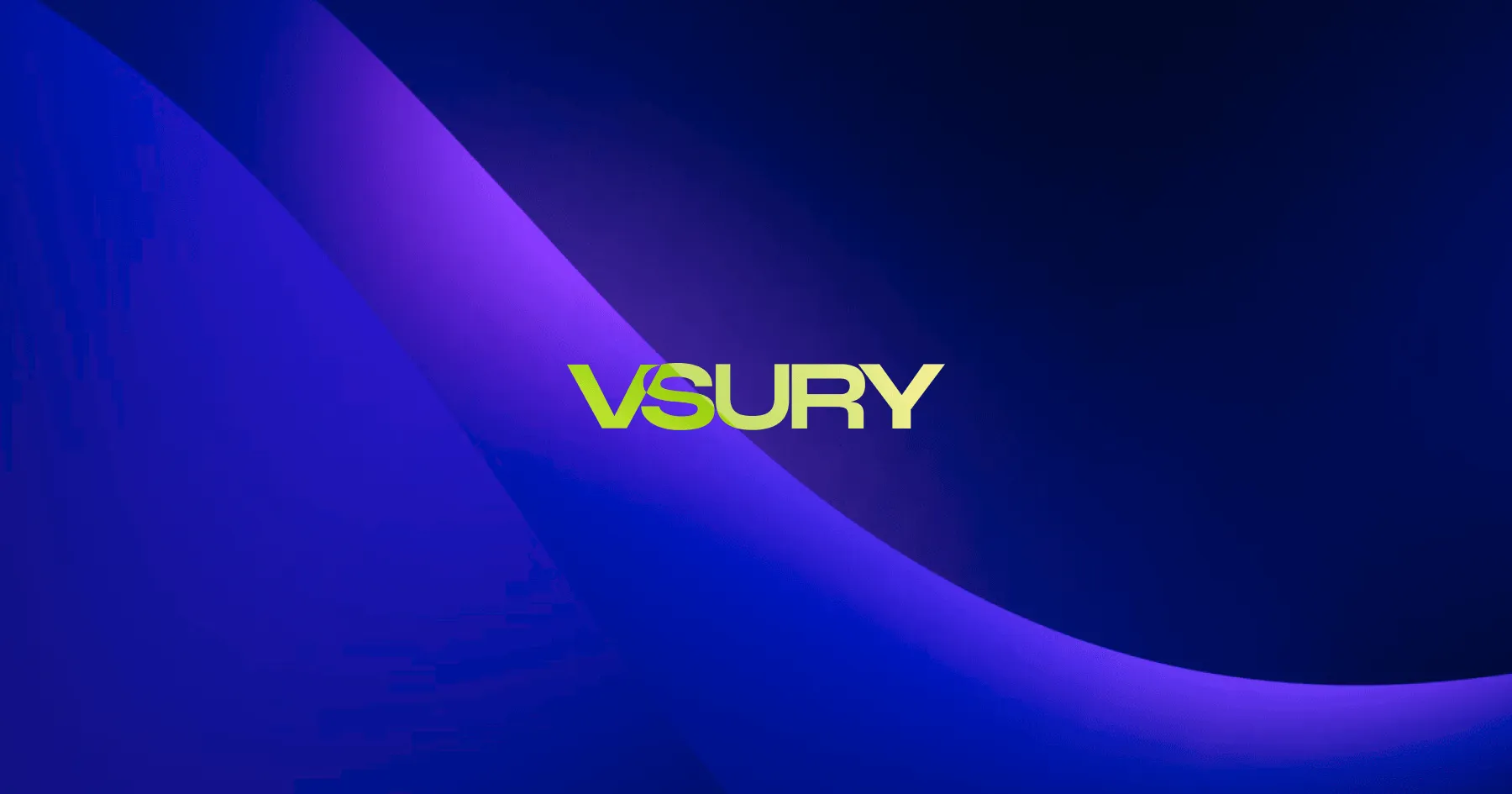Building strong brand standards is one thing. Actually getting teams to follow them? That's where most companies crash and burn. Traditional guidelines live in dusty PDF files that nobody opens, buried in shared drives that require three different passwords to access. Here's the thing: modern businesses need brand standards that work as hard as they do.
TL;DR: SaaS tools for brand guidelines are cloud-based platforms that store, manage, and enforce brand standards across organizations. These digital brand management systems replace static PDFs with interactive, searchable, and automatically updating guidelines that teams can actually use in their daily workflows.
The shift from static documents to dynamic SaaS solutions represents a fundamental change in how organizations approach brand consistency. Companies that implement proper brand management software see 23% better brand recognition and 15% faster content creation cycles. That's not just efficiency. That's competitive advantage.
The Evolution of Brand Standards Management
Traditional brand documents were essentially digital tombstones. Beautiful files that captured brand standards at a specific moment in time, then immediately started becoming outdated. Every brand refresh, every new product launch, every marketing campaign created gaps between what the guidelines said and what teams actually needed.
SaaS brand tools solve this by creating living documents. These platforms automatically sync updates across all users, maintain version control, and provide real-time access to current brand assets. When your logo gets a refresh, every team member sees the change instantly. When new standards get added, they're immediately available to everyone who needs them.
The uploaded VSURY branded image perfectly illustrates this evolution. A clean, gradient background showcasing modern digital brand identity. This type of contemporary brand presentation is exactly what SaaS platforms excel at managing and distributing across organizations.
Smart organizations recognize that brand standards aren't just about consistency anymore. They're about speed, accessibility, and integration with existing workflows. Teams need standards that integrate with their design tools, their content management systems, and their approval processes.
Perfect example. The difference between hunting through folders for the "current version" of something versus having it appear instantly in your design tool. Everything shifted when brands started thinking like software companies.
Core Features of Brand Management SaaS Platforms
Modern brand software goes far beyond storing logo files and color codes. These platforms create comprehensive brand ecosystems that support every aspect of brand management.
Asset management sits at the core of every serious platform. Professional brand tools provide centralized repositories for all brand assets. Logos, fonts, images, templates, and style guides live in organized, searchable libraries. Teams can find exactly what they need without hunting through folders or asking the marketing department for files.
Version control changes everything. When brand standards change, updates propagate automatically across all connected tools and team members. This eliminates the nightmare scenario where half your team uses outdated brand assets while the other half works with current materials. (Trust us, this breaks people's brains when it happens during a major campaign.)
Permission and access management provides granular control over who can view, download, edit, or approve brand materials. Marketing teams get full access, while external vendors might only see specific assets relevant to their projects. This keeps sensitive materials secure while ensuring the right people have what they need.
Integration capabilities separate good platforms from great ones. The best brand management tools integrate seamlessly with popular design applications:
- Adobe Creative Suite (Photoshop, Illustrator, InDesign)
- Web-based design tools (Figma, Canva, Sketch)
- Content management systems
- Marketing automation platforms
- Project management tools
Teams can pull approved brand assets directly into their workflows without switching between applications. This breaks down the friction that kills brand compliance in most organizations.
Analytics and compliance tracking provide insights into how teams use brand assets. Which materials get downloaded most frequently? Where do compliance issues occur most often? This data helps organizations optimize their standards and identify training opportunities.
Top SaaS Tools for Brand Management
The market for brand software has exploded over the past few years. Here's what actually works in real business environments.
Frontify: The Swiss Army Knife
Frontify positions itself as the comprehensive solution for brand management. Their platform combines brand asset storage, guideline creation tools, and team collaboration features. Organizations choose Frontify when they need extensive customization options and robust integration capabilities. The platform excels at creating beautiful, interactive brand documents that teams actually want to use.
The reality? Frontify works best for mid-size companies that need flexibility without enterprise complexity. Their visual editor makes it easy for marketing teams to create and maintain brand documentation without technical expertise.
Brandfolder: Asset-Focused Excellence
Brandfolder takes a different approach, focusing heavily on digital asset management with brand standards as a core component. Their strength lies in powerful search capabilities and seamless integrations with marketing automation platforms. Teams that manage thousands of brand assets across multiple campaigns find Brandfolder's organizational tools particularly valuable.
Here's what most people miss. Brandfolder's AI-powered tagging automatically organizes assets as teams upload them. This removes the manual sorting that usually breaks down after the first few months.
Bynder: Enterprise-Grade Brand Management
Bynder targets larger organizations that need enterprise-level brand management. Their platform includes advanced workflow automation, detailed analytics, and sophisticated permission structures. Companies with complex approval processes and multiple brand portfolios often choose Bynder for its scalability and governance features.
The trade-off? Bynder requires significant implementation time and change management effort. But organizations that commit to the process see dramatic improvements in brand consistency across global teams.
Lytho: Creative Workflow Integration
Lytho combines brand standards management with creative project management tools. Their platform appeals to organizations that want to connect brand standards directly to creative workflows and approval processes. Teams appreciate how Lytho integrates brand compliance checks into their existing project management systems.
This approach works particularly well for agencies and in-house creative teams that manage multiple brands or product lines simultaneously.
Marq (formerly Lucidpress): Template-Centric Approach
Marq specializes in brand-compliant template creation alongside traditional brand management. Their platform excels at helping organizations create branded templates that automatically enforce brand standards. Marketing teams love how Marq enables brand-compliant content creation without requiring design expertise.
The template-first approach makes Marq ideal for organizations where non-designers frequently create branded materials. Sales teams, HR departments, and regional offices can produce professional-looking materials without violating brand standards.
How Brand SaaS Tools Transform Team Workflows
The real value of brand software becomes apparent in day-to-day operations. These tools fundamentally change how teams interact with brand standards and create brand-compliant materials.
Accelerated content creation tops the list of benefits teams notice immediately. Instead of hunting for approved logos or double-checking color codes, creators access current brand assets with a few clicks. Templates and style guides integrated into design tools eliminate guesswork and reduce revision cycles.
Organizations report 30-40% faster content creation cycles after implementing proper brand management platforms. Designers spend less time searching for assets and more time creating. Marketing teams produce campaigns faster when brand-compliant templates and materials are readily available.
Improved brand consistency becomes achievable across distributed teams. Remote workers, external agencies, and international offices all work from the same brand standards. Automatic updates ensure everyone stays aligned even as standards evolve. This consistency strengthens brand recognition and recall across all customer touchpoints.
Here's the thing most companies don't expect. Reduced administrative overhead frees up marketing teams to focus on strategic initiatives. Self-service access to brand materials eliminates bottlenecks and reduces the administrative burden on brand managers. No more fielding endless requests for "the logo" or "current color codes."
Enhanced collaboration streamlines feedback and approval processes. Modern brand platforms include collaboration features that keep projects moving forward:
- Real-time commenting on assets and documents
- Version tracking for all materials
- Notification systems for updates and approvals
- Integration with project management workflows
- Automated routing for approval processes
Data-driven brand management provides insights that were impossible with traditional approaches. Usage analytics help brand managers understand how teams interact with brand standards. This data identifies opportunities for improvement, highlights training needs, and demonstrates the business impact of brand consistency efforts.
Choosing the Right Brand Platform
Selecting brand software requires careful consideration of organizational needs, team size, and existing technology infrastructure. Most organizations make this decision once every 3-5 years, so getting it right matters.
Assess Your Current Process
Start by documenting how your teams currently access and use brand materials. Where do bottlenecks occur? What causes the most frustration? Understanding current pain points helps identify which platform features will deliver the most value.
Ask these questions instead of jumping straight to feature comparisons:
- How long does it take teams to find current brand assets?
- How often do outdated materials end up in finished projects?
- What percentage of your team's time gets spent on brand-related administrative tasks?
- How many different places do brand materials currently live?
- What happens when brand standards change?
Evaluate Integration Requirements
Consider how brand software will connect to your existing tools. Does your team primarily use Adobe Creative Suite, or do they prefer web-based design tools like Canva? Will the platform need to integrate with your content management system or marketing automation platform?
The best integration is the one that eliminates context switching. Teams should be able to access brand assets without leaving their primary work environment.
Consider Team Size and Growth
Different platforms scale differently. Some excel with small, creative teams while others handle enterprise deployments with thousands of users. Choose a solution that fits your current needs while accommodating anticipated growth.
Think about geographical distribution too. Global teams have different needs than co-located groups. Time zones, language requirements, and local compliance regulations all factor into platform selection.
Review Budget and ROI Expectations
Brand software pricing varies dramatically based on features, user count, and integration requirements. Calculate potential time savings and improved efficiency to determine acceptable investment levels.
Consider total cost of ownership, not just subscription fees. Implementation, training, migration, and ongoing administration all contribute to real platform costs.
Test User Experience
The best brand platform is the one your teams will actually use. Prioritize intuitive interfaces and smooth workflows over feature complexity. Request demonstrations or trial periods to evaluate user experience with real brand assets.
Don't let the sales team drive the demo entirely. Bring actual brand materials and walk through real workflows your teams perform daily.






